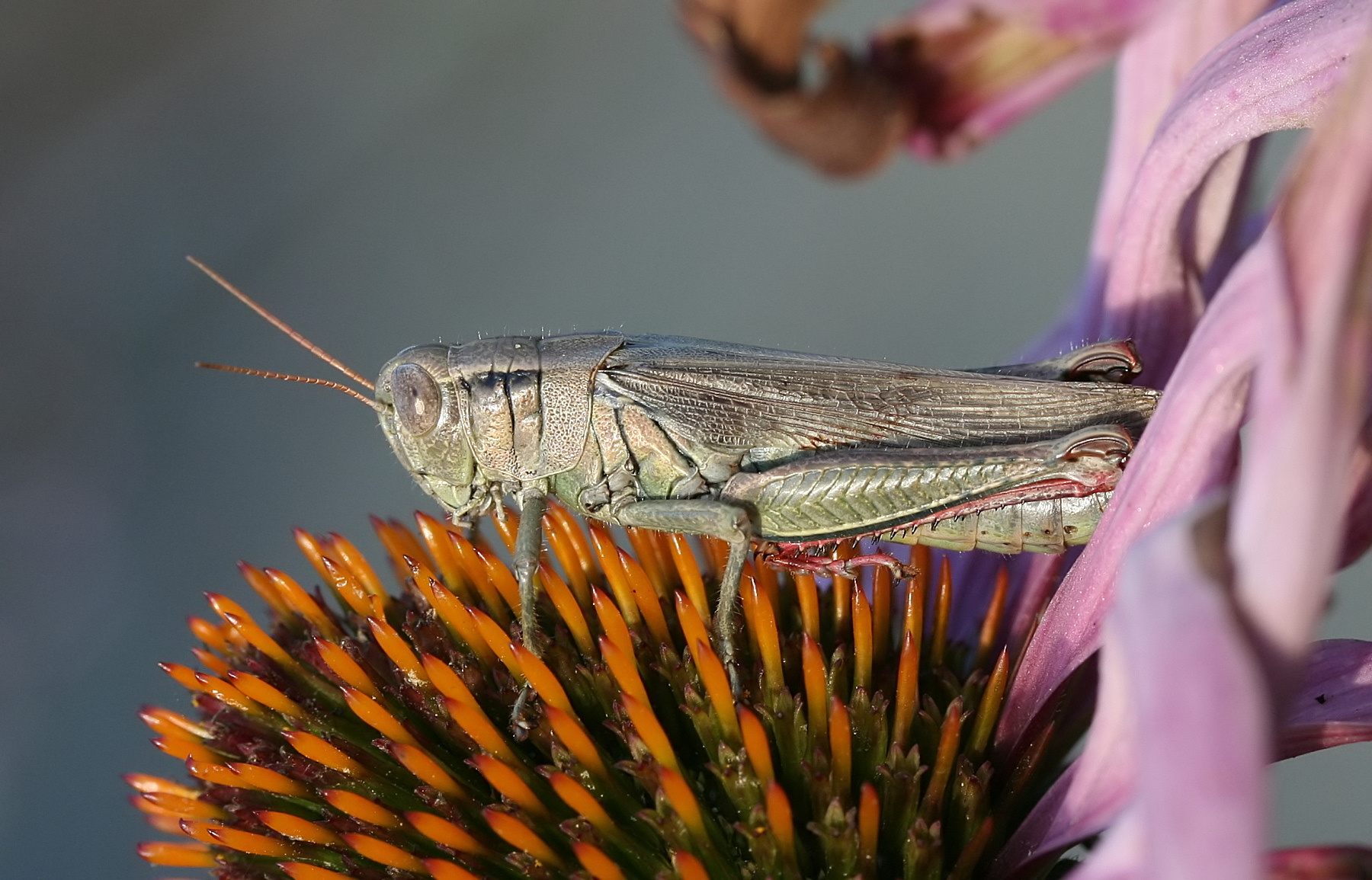|
Odontopodisma Decipiens
''Odontopodisma decipiens'' is a species of spur-throated grasshopper in the family Acrididae The AcrididaeMacLeay WS (1821) ''Horae Entomologicae or Essays on the Annulose Animals'' 2 are the predominant family of grasshoppers, comprising some 10,000 of the 11,000 species of the entire suborder Caelifera. The Acrididae are best known bec .... It is found in Europe. The IUCN conservation status of ''Odontopodisma decipiens'' is "LC", least concern, with no immediate threat to the species' survival. The IUCN status was assessed in 2015. Subspecies These subspecies belong to the species ''Odontopodisma decipiens'': * ''Odontopodisma decipiens decipiens'' Ramme, 1951 (Cheating Mountain Grasshopper) * ''Odontopodisma decipiens insubrica'' Nadig, 1980 * ''Odontopodisma decipiens rubritarsis'' Buresh & Peshev, 1955 References External links * Melanoplinae Insects described in 1951 Orthoptera of Europe {{melanoplinae-stub ... [...More Info...] [...Related Items...] OR: [Wikipedia] [Google] [Baidu] |
Melanoplinae
The Melanoplinae are a subfamily of grasshoppers in the family Acrididae. They are distributed across the Holarctic and Neotropical realms. They are one of the two largest subfamilies in the Acrididae. As of 2001 the Melanoplinae contained over 800 species in over 100 genera, with more species being described continuously. Tribes and Genera The genera of the Melanoplinae are classified in 6 tribes, that include: Conalcaeini (Nearctic), Dactylotini (Nearctic), Dichroplini (mostly Neotropical), Jivarini (Neotropical), Melanoplini and Podismini (synonym Prumnini). These genera belong to the subfamily Melanoplinae: * '' Aeoloplides'' Caudell, 1915 * '' Agnostokasia'' Gurney & Rentz, 1964 * '' Agroecotettix'' Bruner, 1908 * '' Aidemona'' Brunner, 1893 * '' Akamasacris'' Cigliano & Otte, 2003 * '' Anepipodisma'' Huang, 1984 * '' Apacris'' Hebard, 1931 * ''Appalachia'' Rehn & Rehn, 1936 * '' Aptenopedes'' Scudder, 1877 * '' Argemiacris'' Ronderos, 1978 * '' Asemoplus'' Scudd ... [...More Info...] [...Related Items...] OR: [Wikipedia] [Google] [Baidu] |
Acrididae
The AcrididaeMacLeay WS (1821) ''Horae Entomologicae or Essays on the Annulose Animals'' 2 are the predominant family of grasshoppers, comprising some 10,000 of the 11,000 species of the entire suborder Caelifera. The Acrididae are best known because all locusts (swarming grasshoppers) are of the Acrididae. The subfamily Oedipodinae is sometimes classified as a distinct family Oedipodidae in the superfamily Acridoidea. Acrididae grasshoppers are characterized by relatively short and stout antennae, and tympana on the side of the first abdominal segment. Subfamilies The ''Orthoptera Species File'' (September 2021) lists the following subfamilies of Acrididae. The numbers of genera and species are approximate and may change over time. # Acridinae MacLeay, 1821 (140 genera, 470 species), Worldwide: temperate and tropical # Calliptaminae Jacobson, 1905 (12 genera, 90 species), Africa, Europe, Asia # Caryandinae Yin & Liu, 1987 (3 genera, 100 species), Africa, Asia ## ''C ... [...More Info...] [...Related Items...] OR: [Wikipedia] [Google] [Baidu] |
Insects Described In 1951
Insects (from Latin ') are pancrustacean Hexapoda, hexapod invertebrates of the class (biology), class Insecta. They are the largest group within the arthropod phylum. Insects have a chitinous exoskeleton, a three-part body (head, Thorax (insect anatomy), thorax and abdomen (insect anatomy), abdomen), three pairs of jointed Arthropod leg, legs, compound eyes and one pair of antenna (biology), antennae. Their blood is not totally contained in vessels; some circulates in an open cavity known as the haemocoel. Insects are the most diverse group of animals; they include more than a million described species and represent more than half of all known living organisms. The total number of Extant taxon, extant species is estimated at between six and ten million; In: potentially over 90% of the animal life forms on Earth are insects. Insects may be found in nearly all Natural environment, environments, although only a small number of species reside in the oceans, which are dominated by ... [...More Info...] [...Related Items...] OR: [Wikipedia] [Google] [Baidu] |

